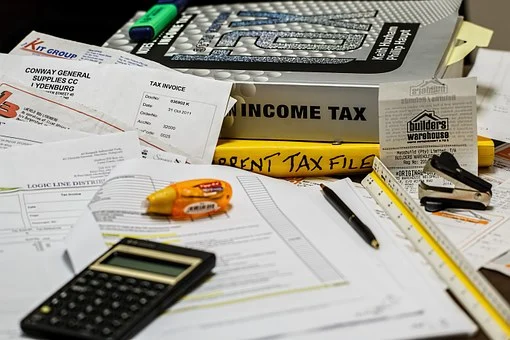
US Internal Revenue Service (IRS), a model for Cryptocurrency Taxation
Cryptocurrency emergence has been taunted by proponents as futuristic and a possible cause of change…

Cryptocurrency as an entire niche will mesmerize you with the terminologies around it. As a field that continues to develop, it’s often possible to meet new concepts and terminologies that derive from everyday words or phrases but bear great meaning to crypto enthusiasts. Maybe you have already come across terms such as cryptocurrency forging, bitcoin halving, mining, crypto nodes and many more.
To be ahead of everyone else in the field of cryptocurrency trading and investing, it is perhaps a good idea to continue building a strong knowledge base. When you acclimatise yourself with the correct concepts and knowledge, the chances of making it big like some of the veteran crypto investors are high. Lets add one more terminology, orphan blocks in cryptocurrency into your already growing list of concepts.
In blockchain, an orphan block refers to a block that has been solved in the blockchain network though the network refused to accept it. For such a block, the parent is not known or does not exist. It is also a block that miners reject meaning it does not from part of the longest chain of proof of work.
The blockchain is one of the major components of a cryptocurrency network. Cryptos are usually based on transparent and distributed public ledger in which all the transactions made are noted in the blocks then added to blockchain. After verifying and creating a new block successfully, miners do get attractive rewards.
In the blockchain, while verifying and creating new ones, some blocks may be created but the blockchain fails to verify. These are the orphan blocks. Even though they are valid, they are unaccepted in the network. Therefore, they will still remain in the crypto network as detached.
In a blockchain, there are several blocks and they act as storage units. They store details of different transactions that take place in a blockchain network. In the mining process, the miners do try to generate new blocks by solving hash. If you don’t know hash, it is a hexadecimal number storing the information of the block.
The first miner that opens a new block successfully gets a reward then write the first transaction in that new block. This newly opened block store information regarding the initial blocks as well as transactions. The block is also mined in opening another block.
All the blocks creating a blockchain are linked as they receive information from the previous blocks. In case a block is closed, data is encoded then passed to the next block. These two blocks are a child and parent. Moreover, in case the two blocks are opened from the same parent block at the same time, then there will be two child blocks. Unfortunately, just one can be integrated in the chain.
The network nodes are the ones that make a decision on the block that they will use. It is done by allowing a fork among the two child blocks. The nodes then make a decision on the block that will be accepted in the validation process. After that, every block will create more blocks and this initiates the process of verifying most blocks. The fork that has most of the blocks verified through proof of work are accepted. Unfortunately, the ones in the shorter chain are discarded resulted in the creation of orphan block.
Unfortunately, miners do not get a reward for such a block. A miner cannot also get transaction fees for the orphaned blocks. This is because the mining pools utilizes payout strategy instead of proportional.
On a daily basis, about 1 to 3 orphaned blocks appear. This is according to blockchain.info. It means that about 1% of the blocks mined are orphaned. However, having the orphaned blocks do not result in any form of risks or instability.
A problem may just be caused to the user. Such as transaction getting stuck in the mempool for a long time. The process may take place in case a transaction is accepted then later it is discarded. This means that it will return to the mempool then wait for its order once more. If you choose a low commission then you will wait for a long period. All in all, the transaction will be resolved at the end.
For the transactions that take place in the orphan blocks, if they do not have any malicious intentions then they will be entered in the main chain. Also, the process requires you to be careful with the bitcoins that you may receive at that time. This is because if you fail to make a confirmation that you received them on the main blockchain then you may find it invalid when using it.